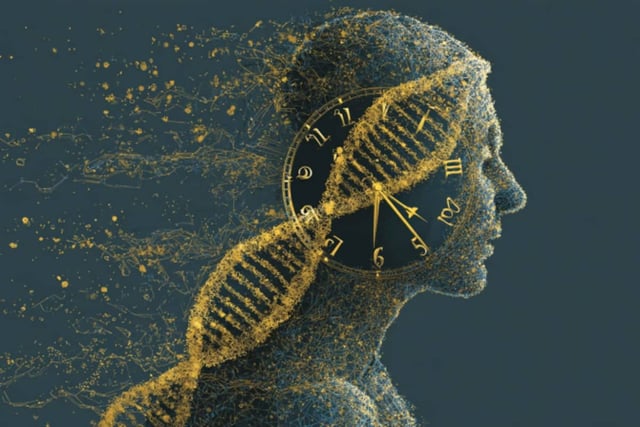Overview
- Adults reporting higher cumulative social advantage showed younger biological profiles on GrimAge and DunedinPACE epigenetic clocks.
- Greater social resources were associated with lower interleukin-6, with no significant links to urinary cortisol, cortisone, or catecholamines.
- The study defined social advantage across childhood and adulthood, including parental warmth, neighborhood connection, religious involvement, and ongoing emotional support.
- Structural equation modeling in 2,117 participants produced modest but statistically significant effects, including GrimAge β ≈ −0.09 to −0.10, DunedinPACE β ≈ −0.12, and IL‑6 β ≈ −0.11.
- Published in Brain, Behavior & Immunity—Health (DOI: 10.1016/j.bbih.2025.101096), the work situates findings within cumulative advantage and weathering frameworks and cautions that results are observational.


